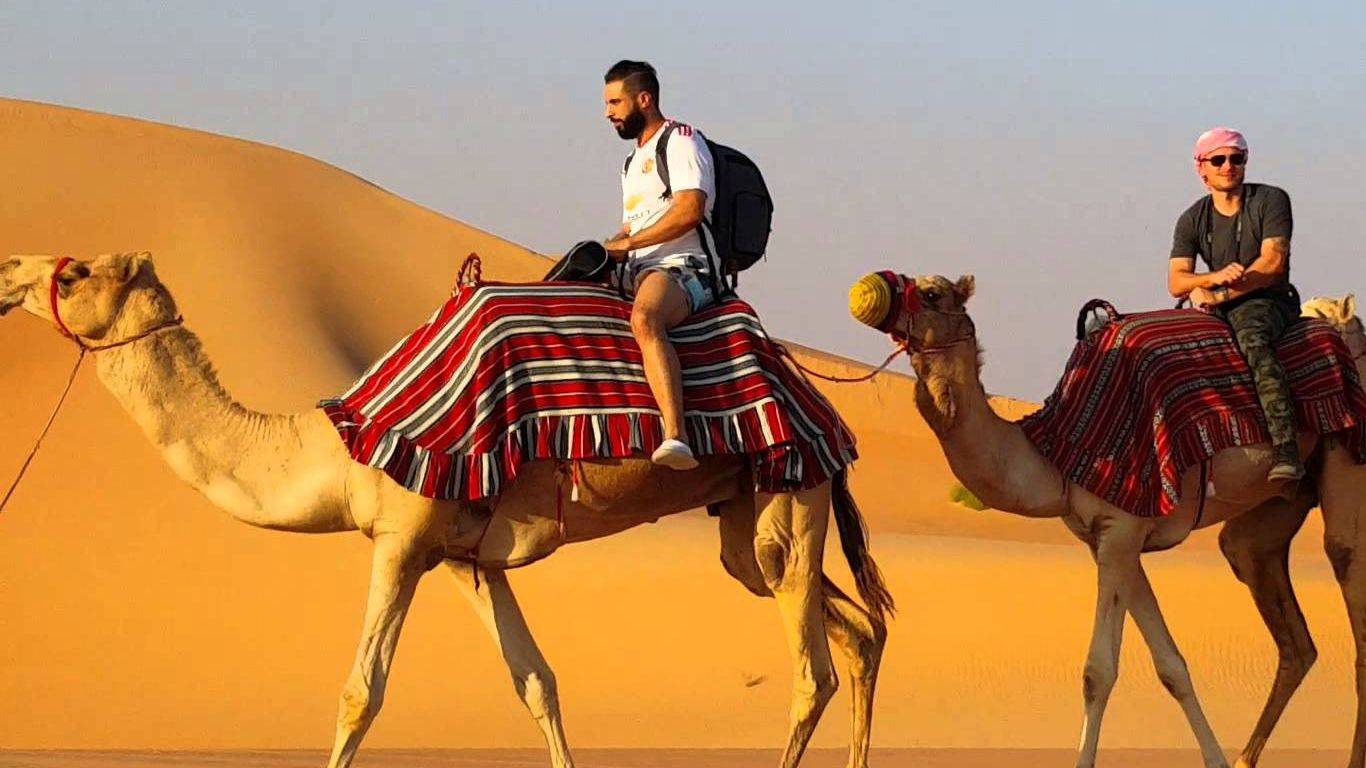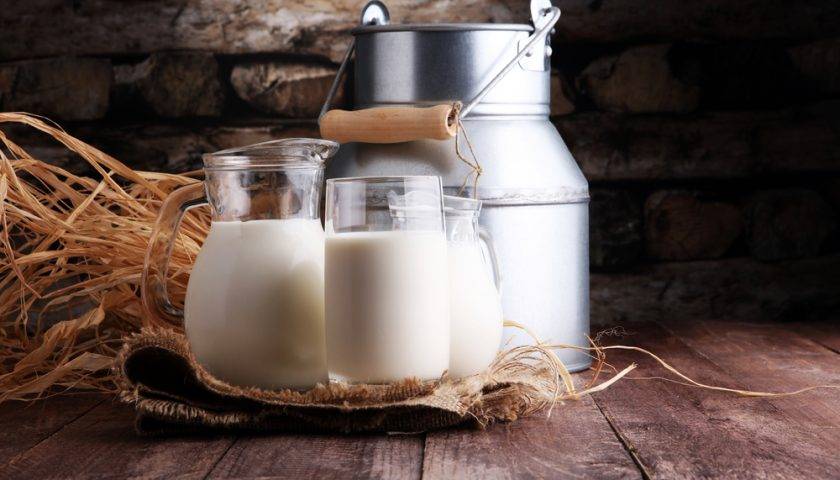Is Camel Milk Available Near me?
When we think about camels, a few words that immediately swirl through our minds are the desert, transportation, camel rides, the Middle East, water, and oh! of course the ever-fascinating hump! But here’s an interesting fact a camel's hump is extremely vital for its survival. It essentially stores the body’s fat, which is later used as a source of energy and water when they travel for longer durations in brutal weather conditions. How magical is that!
Now that we’re talking about deserts, finding drinking water might feel like a mirage but here’s something that is not the same camel’s milk! Yes, it’s been a highly valued by-product for centuries. Given that we have access to cow and buffalo milk at an arm’s stretch, it’s easy for us to miss out on an alternative that comes with its own unique nutrients. You might find yourself surprised that you’ve been missing out on this hidden gem for years. So, let’s not waste any more time!

The Origin Story
Historically, in terms of availability, camel’s milk was made commercially accessible in the later half of 2016. However, families in Rajasthan (which happens to be a state with the highest production of camel’s milk) and Gujarat had been consuming this milk for its unique qualities for generations!

What Makes Camel Milk Unique?
Availability Beyond the Desert
- Camel’s milk is available online almost everywhere now.
- Companies have creatively transformed camel’s milk into soaps, chocolates, ghee, sweets, and even skincare products.
- Consumers are experimenting by replacing cows’ and buffalo’s milk with camel’s milk in recipes yes, pancakes, cereals, and waffles are absolutely on the list!

